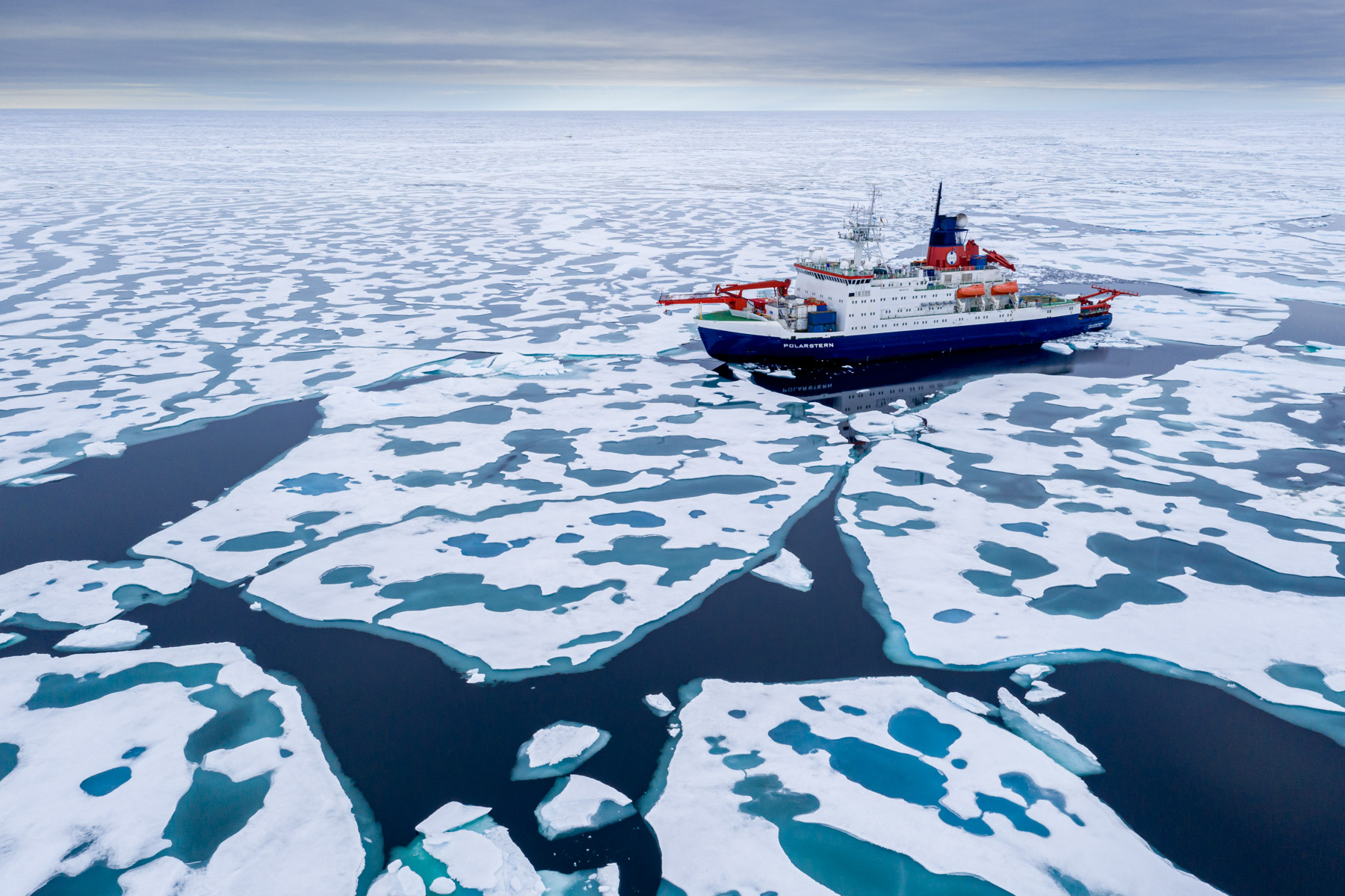Identify and interpret oceanic and water features and systems
Presentation 2 in the Marine Forecasting Course 2017
Length: 117 min
Author: Ad Stoffelen
The lecture deals with modelled winds and winds derived from instruments onboard satellites like Metop-A and Metop-B in low orbits around the Earth (polar orbits). Today's models are evolving at a rate that is faster than the increase of density of observations and that presents a problem for forecasts. Here stands the question 'Will meteorology continue to develop and improve?'. The lack of observed data is thus filled with the data from satellites, although this data also has its own constraints due to the way it is derived. In the lecture the characteristics of the satellites carrying instruments for measuring winds and waves will be explained and the logic behind the calculations of winds using satellites will be discussed.
Scatterometer data are used for many different purposes in marine meteorology, e.g. warnings, enhancement of situational awareness for winds, monitoring of storm evolution, low pressure systems, etc., therefore marine forecasters using the products about wind and waves from satellites will be instructed how to use them and when to combine the data with model outputs.
Presentation 1 in the Marine Forecasting Course 2017
Length: 59 min
Author: Jean Bidlot (ECMWF)
Starting from the basics, this lecture introduces the students to wave model products (e.g. wave height and mean propagation direction), wave spectrum analysis, long swell forecasts, extreme forecast index etc. Since these outputs (alongside data from the buoys) are the basic material marine forecasters have for forecasting and nowcasting waves in seas and especially in oceans, explaining the positive and negative sides of model outputs is very important for understanding and thus correctly using the products marine forecasters use.
Oliver Sievers and Jens Kieser report from the MOSAiC expedition of the German vessel Polarstern in the Arctic Sea.
Meteorologists and weather technicans from the German Meteorological Service (DWD) attended the entire MOSAiC expedition, the largest-scale Central Arctic research expedition of all time. They were responsible for permanent weather observations and daily meteorological forecasts for scientists, ship master and officers, as well as helicopter pilots. Our presentation will report about personal experiences of a meteorologist on board of the research icebreaker POLARSTERN, with the focus on the daily work of the forecaster and the importance of using satellite images in Polar Regions.



